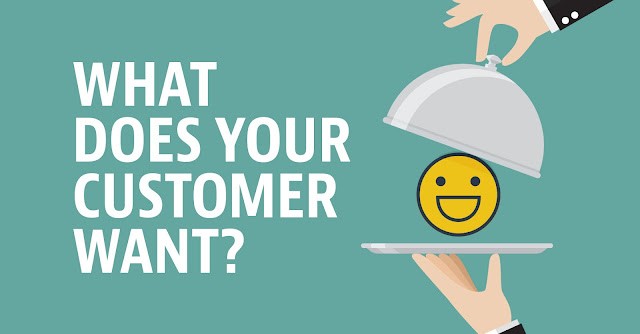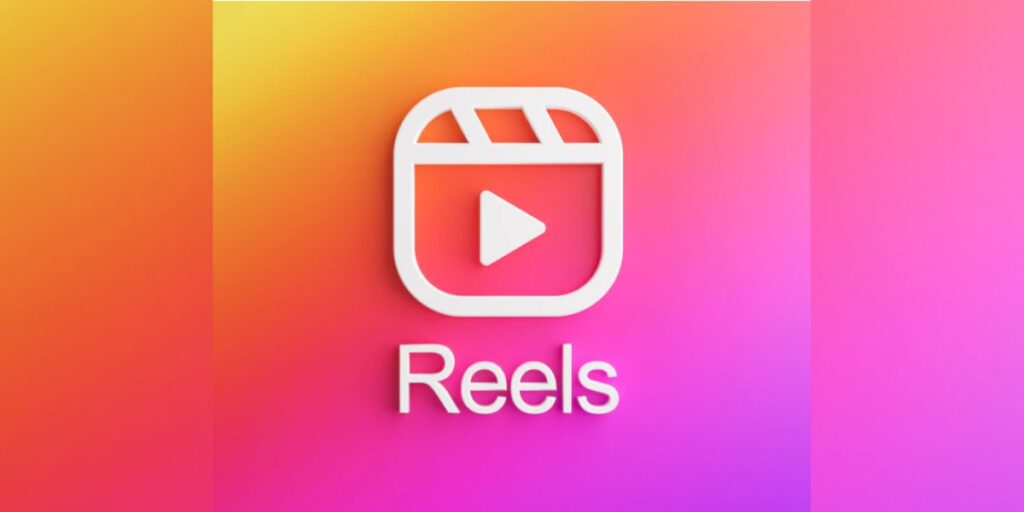
This article explains in simple terms what is performance and what is brand marketing and analyzes why there should be no dilemma as to which of the two a company should use. This article was written after a conversation I had with a prospective client who did not understand the value of branding “in this day and age”.
Performance marketing: all actions aimed at making the consumer do “something”: from a click to a purchase.
Brand marketing: all actions aimed at creating a different and attractive image for the product and the company in the mind of the consumer.
More simply, performance marketing is asking to go on a date and brand marketing is the reason they say YES!
Okay, performance marketing I understand. But brand marketing, maybe you can explain it to me a little more because it sounds a bit …hot air to me?
To explain this I will start with what a “brand” is.
And in order not to repeat what has been written in thousands of articles (“brand is not only the name, it is not only the logo or the slogan (“motto”) but the values of the product” etc. etc.) I will simply say:
A brand is EVERYTHING around the product and the company and how it decides to interact with customers and society: from texts and visuals to how it welcomes the customer in a physical store, how it responds to negative comments, what position it chooses in a social issue, but also what it does NOT do (some brands left the Russian market and some did not).
So the companies that “do branding” use brand positioning, product characteristics and the 7P’s(*) to shape the brand in the consumer’s mind.
I don’t see the money
This process should also be part of performance marketing. If the performance marketer knows well what his brand stands for, the choice of advertising channels, the texts and images he will choose for the creative and advertising message will be such as to strengthen the brand.
But we are not known, we have not built our brand. At the end of the month, the owner of the company will ask us about sales and not about how the consumer and society perceive us.
In this case it is important to convince the owner that your communication should contain both: both performance and branding.
Why;
But why performance is needed to bring sales but always and always must be accompanied by branding because this will make you different from the competition and lay the foundations so that in the future you need to do less performance marketing with better results for sales.
How will this be done?
It will happen because the sales will come from the sentiment that will be created among consumers about your brand that they will “look for”, but also from your loyal customers who simply won’t even think about the competition.
And why isn’t everyone doing branding since it’s so good for the brand?
Because it takes time and because the money invested does not immediately bring the result (what you and the owner of your company are looking for) but also because small companies do not have the reserves to invest in the future which, especially in recent years, is uncertain .
But, in the end, as long as we do not do brand marketing, we leave “space” for big well-known companies to “dominate” and monopolize the mind of the consumer with their own brand. And this is not only happening now that “times are hard”.
Even when the economy did not have problems, the majority of entrepreneurs chose the easy (one-way) way of sales without taking care to dedicate part of the budget to building the brand (see olive oil and – in the past – Greek wines to mention two big sectors of the economy with a large advantage over competitors)
Is there a “formula” that tells you how much of the budget to devote to branding and how much to performance?
No. This depends on how strong your brand is, how big or small your budget is, what your needs are and what market you are in.
To be more specific, if you have a completely unknown brand but the finances of the business are good you can dedicate at least 20% of your budget to branding. But if the question is whether you will have to pay your employees at the end of the month, then you should probably focus on performance.
Also, if your goal is to stay in the market you are in then you definitely have to invest in branding, while if you see that the market as a whole is declining and you will be forced to change your subject (a recent example is video clubs) then branding will not bring you any value .
In general, you should see the whole thing as when you drive: you have to see both near (sales) and far (branding) and understand that branding will bring you sales with less effort and cost while sales will strengthen the brand.
If you found the above article interesting, it is certain that you will find our seminar “Just Online 2023: The future of successful e-shops” equally interesting, where, among other things, we examine branding & performance techniques for e-shops.
(*) Product, price, place, promotion, physical environment, processes, people



